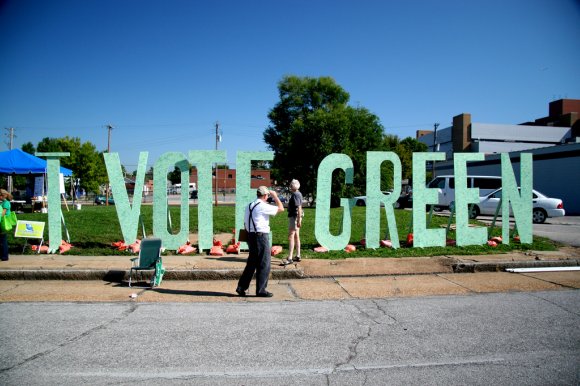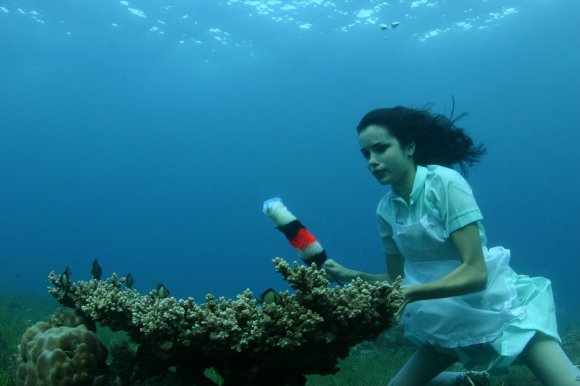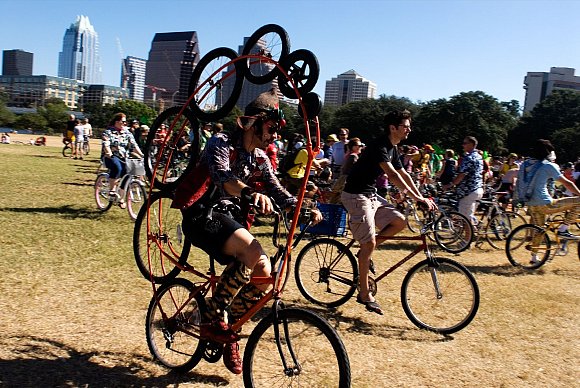
Listen to this Green Air Minute:
Planetary policies in action:
Missouri breathes easy with new Clean Air Initiative
by The Green A-Team
President-elect Obama wasn’t the only one to receive overwhelming support from voters on Election Day. It seems the planet proved just as popular.
The Clean Air Initiative made the ballot in Missouri and was firmly approved 66% to 34%. It has created a renewable electricity standard that requires utility companies to gradually increase their usage of renewable energy to 15% state-wide and requires that energy rates not increase by more than one percent annually.
Hans Detweiler of the American Wind Energy Association:
The requirement in renewable energy standards around the country has been demonstrated to be significantly more successful. When you look at the states that have renewable energy standards, all of those states are the leading states for renewable energy development and wind energy development.
With 86% of Missouri’s electricity coming from costly and dirty coal-fired plants, this is a breath of much needed fresh air.
For more on this and other planetary policies, click here for the results of the winning and losing policies from the 2008 Presidential Election.
Photo by prettywar-stl.
For more insights from Hans Detweiler on wind energy, green jobs, and AWEA’s work with President-Elect Obama, click below.


























